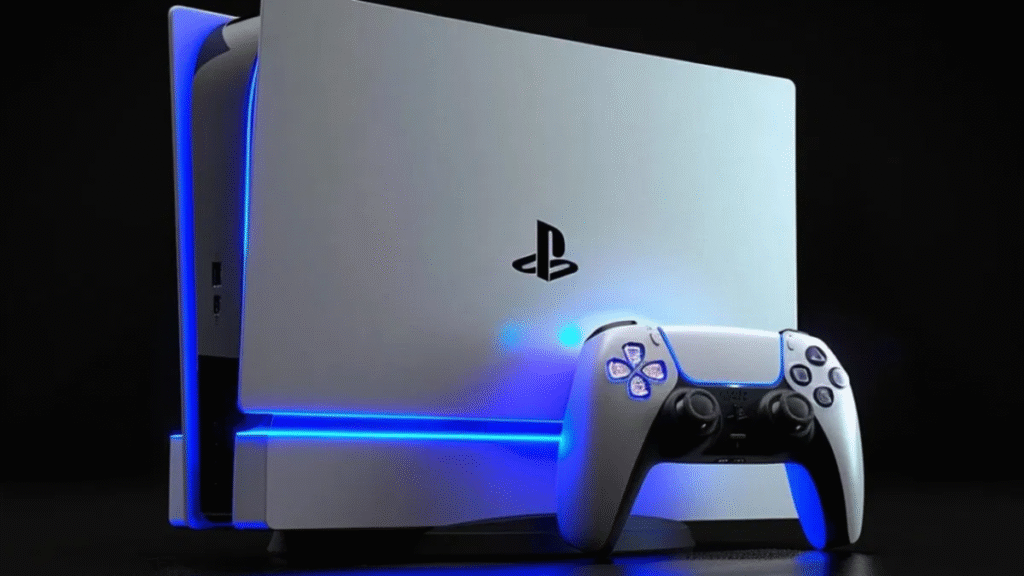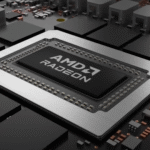quickutilities – The upcoming PS6 is reportedly set to deliver ray tracing performance far beyond current consoles. A new leak from Moore’s Law is Dead (MLID), a trusted source for next-gen console rumors, claims the PS6 will surpass the RTX 5080 GPU in ray tracing. This is a bold prediction given the RTX 5080’s strong reputation for ray tracing capabilities.
Read More : Sam Altman Plans Startup to Rival Elon Musk’s Neuralink
MLID has previously stated the PS6’s ray tracing will be roughly 10 times better than the original PS5. This would double the performance gains expected in the PS5 Pro, which itself aims for a 3x ray tracing improvement over the PS5. The PS6 is expected to use AMD’s RDNA 5 architecture, succeeding the RDNA 4 chip in the PS5 Pro, enabling these performance gains.
This leak positions the PS6 as a powerful contender against high-end PC GPUs, challenging Nvidia’s current ray tracing standards. Additionally, MLID suggested that the PS6 might even rival the upcoming RTX 5090 in ray tracing performance. Previous reports have hinted the PS6’s rasterization power could match an RX 9070 XT, but this leak highlights a much more significant improvement in ray tracing specifically.
Sony is reportedly working on multiple next-gen devices: the main PS6 console, codenamed Orion, and a handheld system called Canis. The handheld will feature a Zen 6c CPU and an RDNA 5 GPU with 12 to 20 compute units, offering strong performance for a portable device.
While exciting, these remain unconfirmed leaks. Sony and Microsoft have not released detailed specs for their next-gen consoles. However, both companies confirmed continuing partnerships with AMD, reinforcing expectations of RDNA 5-based graphics in the upcoming devices.
What This Means for Next-Gen Gaming and Competition
If accurate, the PS6’s leap in ray tracing performance could redefine console gaming visuals. Ray tracing adds realistic lighting, reflections, and shadows, which can drastically improve immersion. The PS6 potentially outperforming a top-tier GPU like the RTX 5080 would signal a major step in console power and efficiency.
This development also intensifies competition between Sony and Microsoft, both relying on AMD’s RDNA 5 technology for next-gen consoles. The rumored handheld device adds another layer, targeting gamers seeking powerful, portable options. The Canis handheld could rival devices like the ROG Ally X by delivering AMD-powered performance in a smaller form factor.
However, gamers should stay cautious until official announcements. Hardware leaks can change, and performance often depends on real-world optimization. Still, the leaked details point toward a promising generation ahead. With the PS6 potentially offering 10 times the PS5’s ray tracing power, developers might push graphics boundaries further than ever.
Read More : US to Take 15% Cut from Nvidia and AMD China AI Chip Sales
Ultimately, these rumors highlight the fast evolution of gaming hardware. Ray tracing, once limited to high-end PCs, is becoming a central feature for consoles too. If Sony delivers on these claims, it could set a new standard for visual fidelity on home consoles and blur the lines between PC and console gaming performance.
As we await official reveals, expect more leaks and rumors to shape expectations. The next generation promises exciting advancements that could redefine how we experience games visually and technically. The PS6, with its rumored superior ray tracing, may be a key player in this future.


